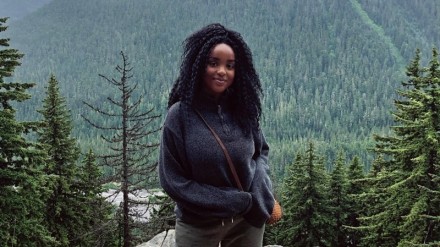Here is some of the news, research, and challenges to the status quo we’re using to inform our own actions and words in making UW–Madison a more welcoming space for people who identify as BIack, Indigenous, or People of Color. The goal is to educate ourselves – and each other – so we can do better. Let us know if you have a suggestion to add to this list.
Energy and Climate Justice: Reading List
The environmental movement is very white. These leaders want to change that.
People of color have long been excluded from environmental policy and conservation—creating blind spots that perpetuate inequality. As the world grapples with an unprecedented public health crisis that is disproportionately affecting people of color, many observers say that excluding them from leadership is a recipe for failure
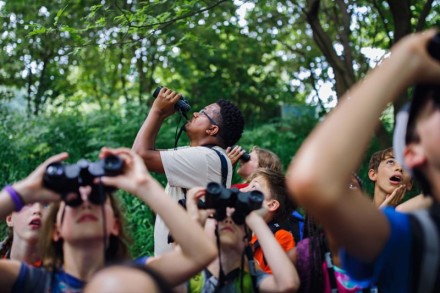
Study Links Gas Flares to Preterm Births, With Hispanic Women at High Risk
Across the United States, gas flares light the night skies over oil and gas fields — visible symbols of the country’s energy boom. They also emit greenhouse gases, making them symbols of climate change that many environmental groups would like to see snuffed out. Now, a new study points to another problem: Pregnant women who lived near areas where flaring is common had 50 percent
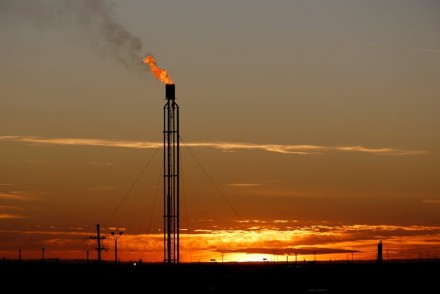
Confronting Racial and Economic Disparities in the Destruction and Protection of Nature in America
Clean drinking water, clean air, public parks and beaches, biodiversity, and open spaces are shared goods to which every person in the United States has an equal right both in principle and in law. Nature is supposed to be a “great equalizer” whose services are free, universal, and accessible to all humans without discrimination. In reality, however, American society distributes nature’s benefits—and the effects of its destruction and decline—unequally by race, income, and age.

Podcast: Climate Change and Environmental Racism
Six students from Canarsie, Brooklyn, N.Y. created a podcast where they tackle big societal topics and explore how they show up in their lives. In this NPR Student Podcast Challenge Grand Prize winning episode, they address environmental justice and the intersections between racism and climate change.
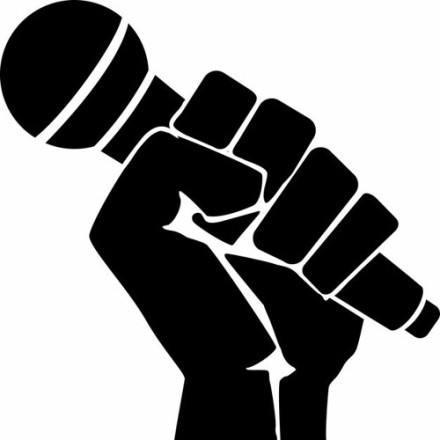
We can't solve the climate crisis unless Black lives matter
If we’re thinking about how to become more resilient to the impacts of climate change, we must focus on the people who are actually the most impacted. And we must understand that it is people from their own communities who are best equipped to lead them.
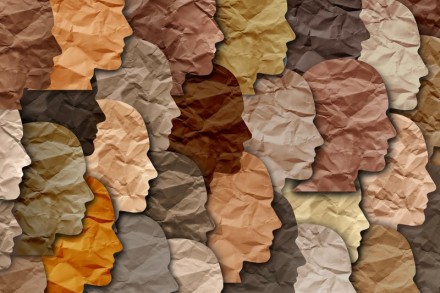
Clean energy programs can help address some racial disparities, advocates say
Energy efficiency programs and renewable energy can help address some of the disparities African Americans and other minorities face from fossil fuels, advocates say. But just any clean energy program won’t do.
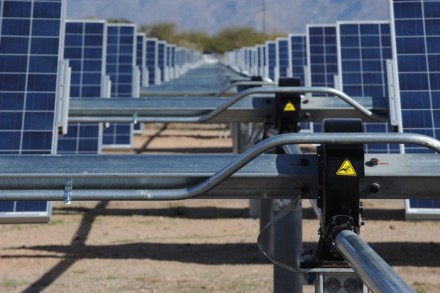
Racial disparities persist in electric service. Is ‘willful blindness’ to blame?
While it has long been known that Black and other minority customers are more likely to face service disconnections and higher bills due to inefficient housing, Ohio regulators are not taking significant steps to address those disparities — largely because they’re not looking for them.

How energy issues and civil rights issues intersect
Energy and climate have long been a part of the NAACP’s civil rights program, long before many white-led climate and environmental groups accelerated their commitments to racial equity in the wake of mass protests over the police killing of George Floyd.
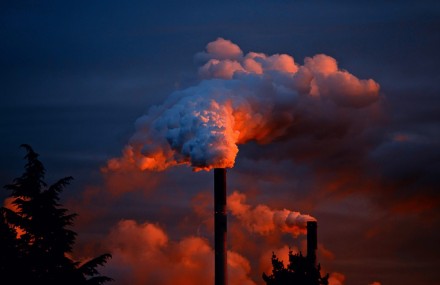
Climate change is also a racial justice problem
Racism is “inexorably” linked to climate change, said Penn State meteorologist Gregory Jenkins, because it dictates who benefits from activities that produce planet-warming gases and who suffers most from the consequences.
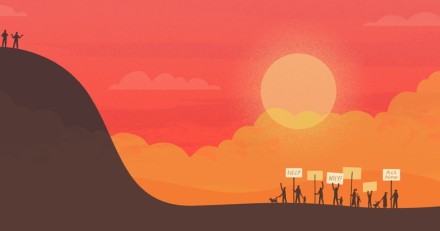
Climate litigation through an equality lens
If the pandemic has taught us anything about the natural world, it is that political borders are irrelevant. And like the pandemic, climate change threatens everyone but affects us differently, depending on levels of wealth and income, our physical and mental disabilities, and the color of our skin.
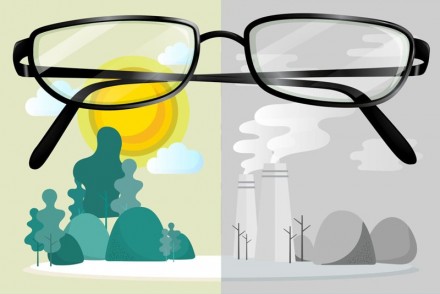
California’s clean energy programs are mainly benefiting the rich, study finds
A new study found that programs to subsidize rooftop solar and electric cars are disproportionately benefiting the wealthy and leaving behind lower-income families, who would benefit greatly from cost-saving clean energy technologies.
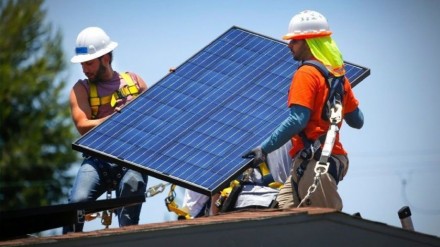
Consuming energy while Black
Black households’ energy expenditures are significantly higher than white households’, and that gap is largest for poorer households. This means that any policy changes that raise energy costs—such as a carbon/energy tax—will likely increase expenses more for Black households than for white households in the same income range.

EPA balks at a chance to save Black lives
Soot—the #1 environmental health risk in the US—sickens and kills people of color disproportionately. The EPA has decided to not tighten standards that would protect them and others.
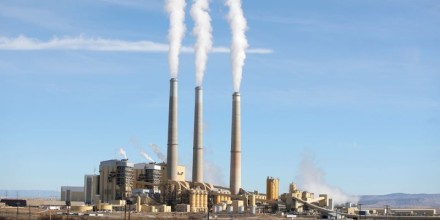
Opinion: If you care about the planet, you must dismantle white supremacy
Racism is deeply embedded in the business model of the fossil fuel industry, writes climate activist Tamara Toles O’Laughlin. In this opinion piece, she discusses the importance of pairing climate solutions with disinvesting in systems of white supremacy that perpetuate racial injustice.
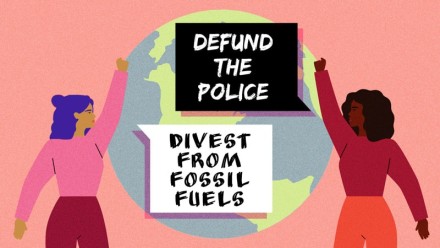
It's time for environmental studies to own up to erasing Black people
Many aspects of environmental scholarship are inaccessible to Black students, including textbooks that don't acknowledge their history and field work requirements that are ignorant of Black criminalization in the outdoors.
